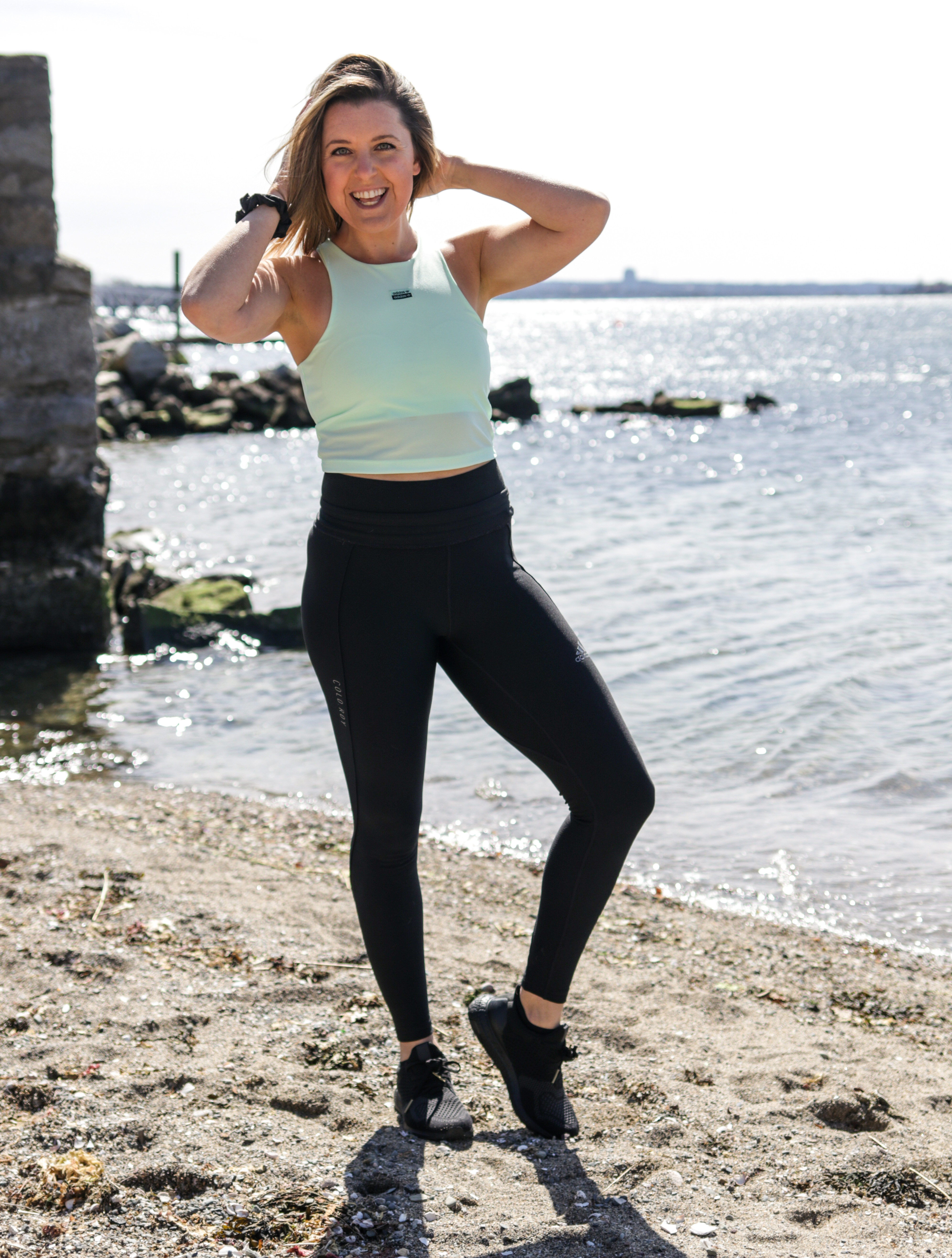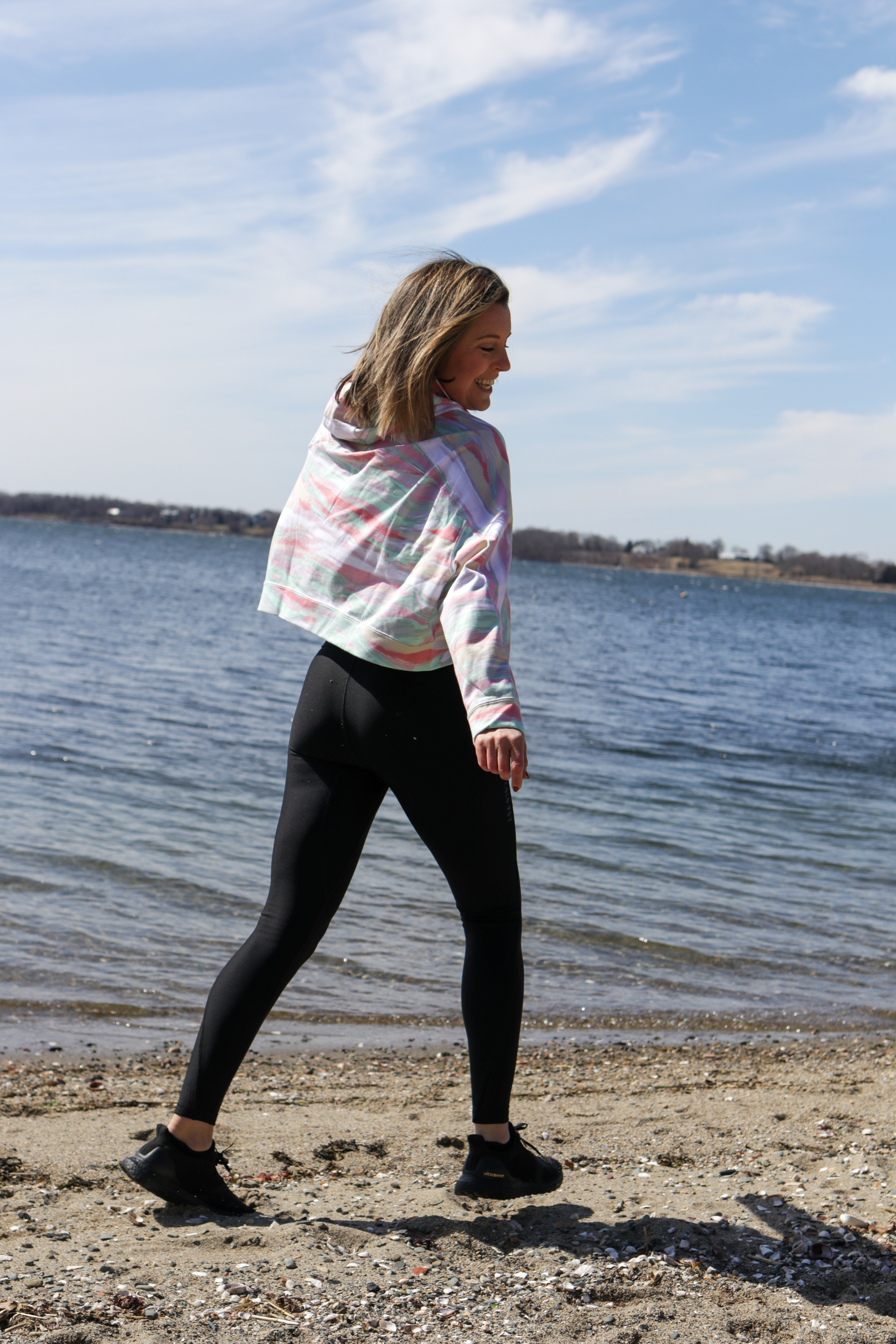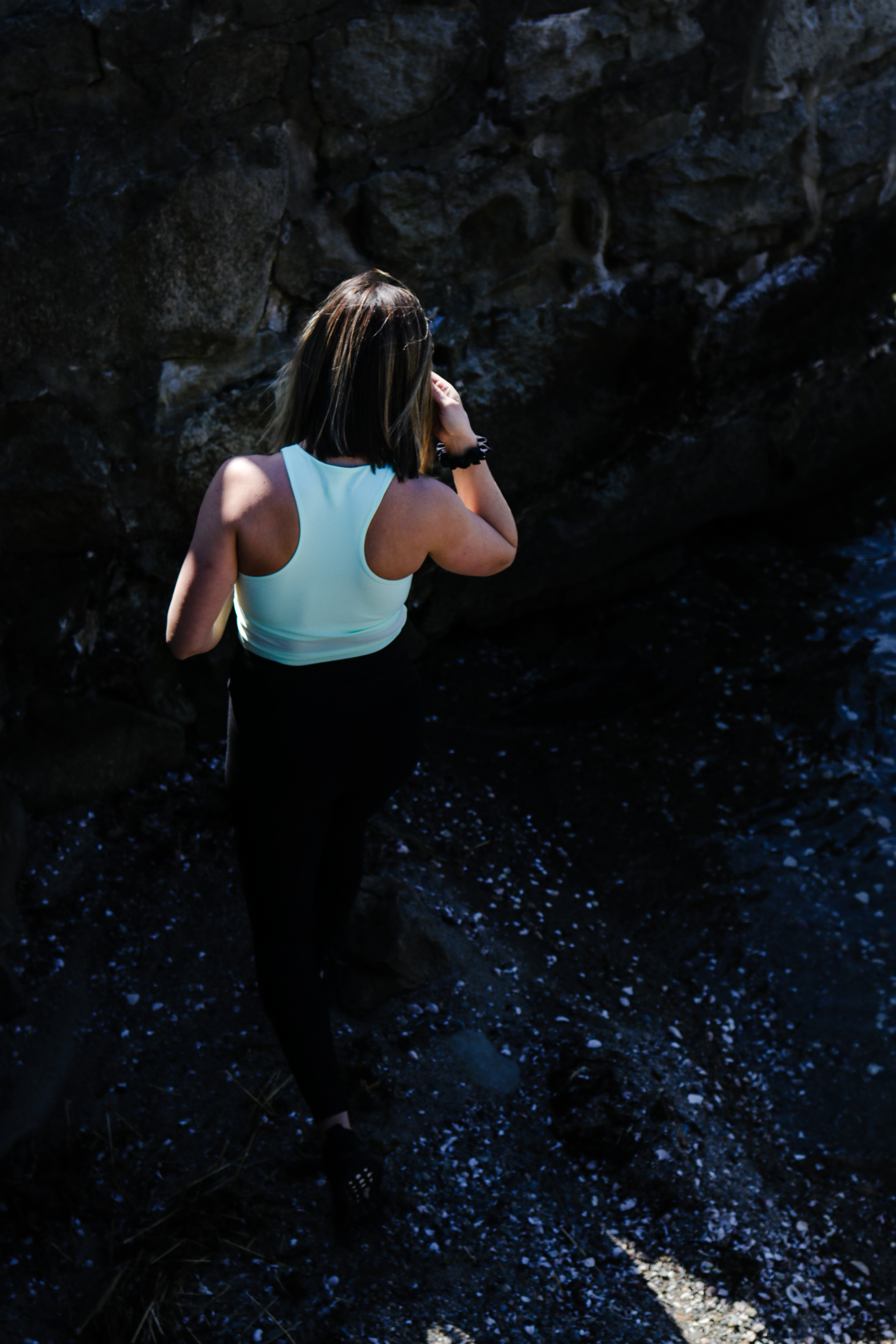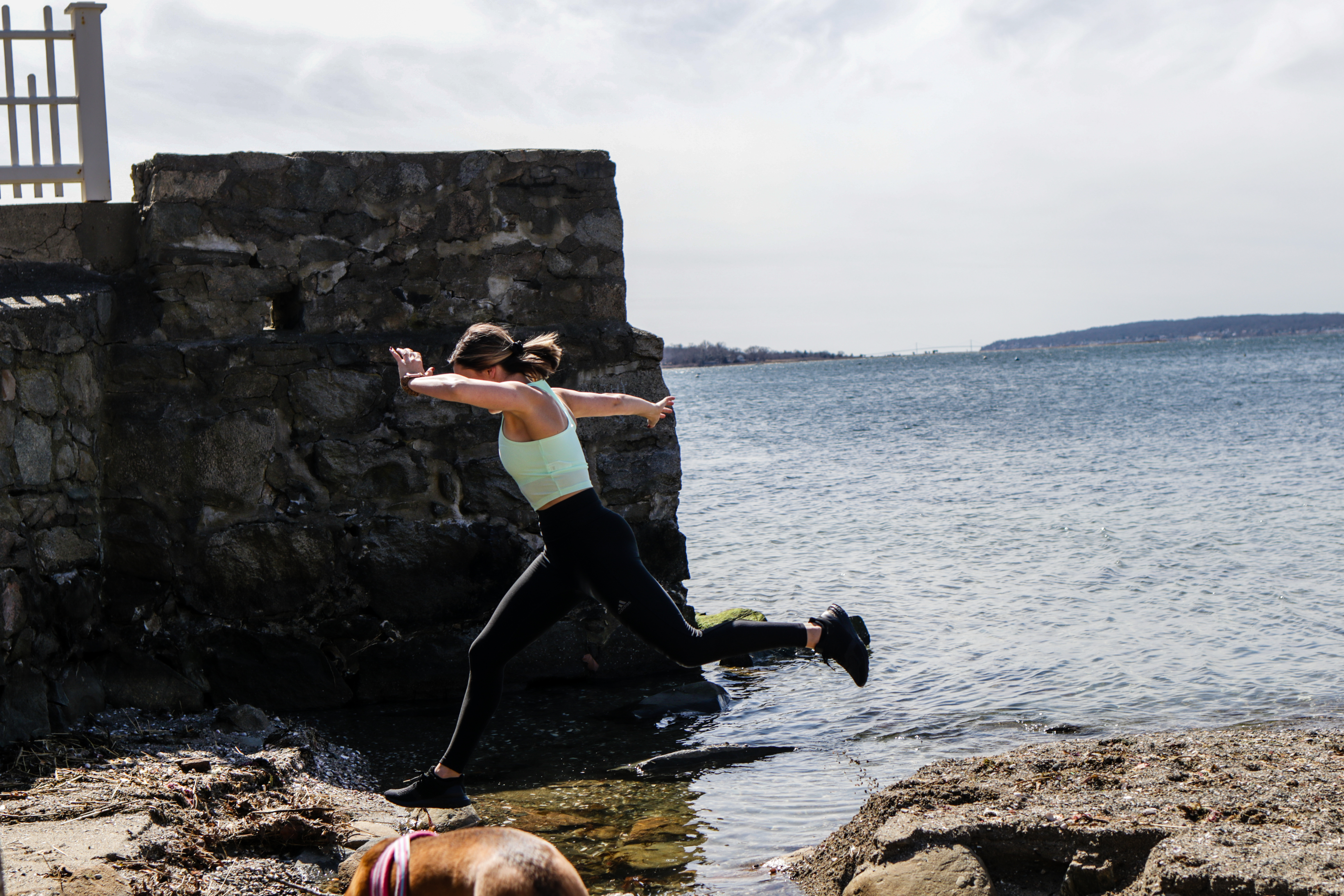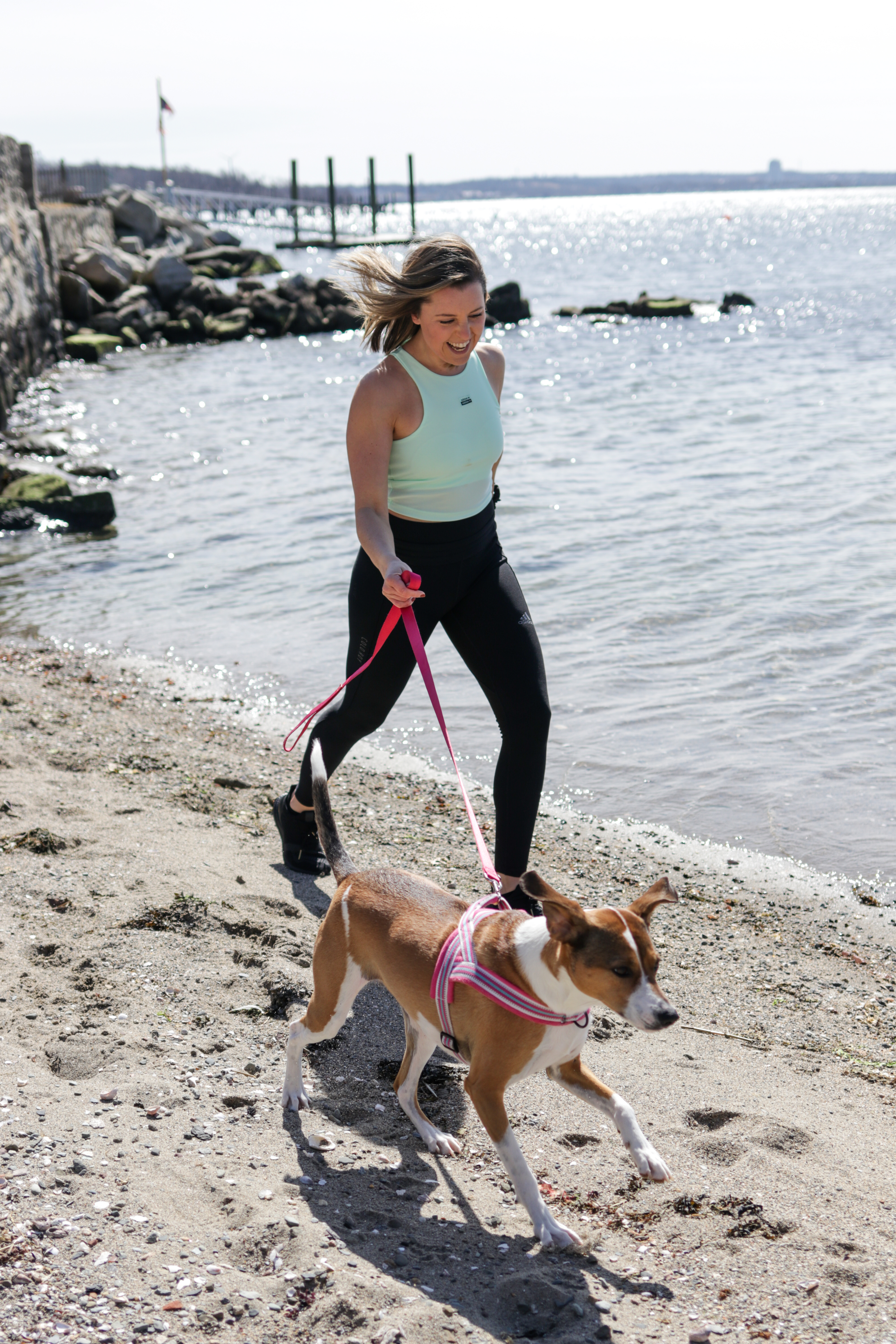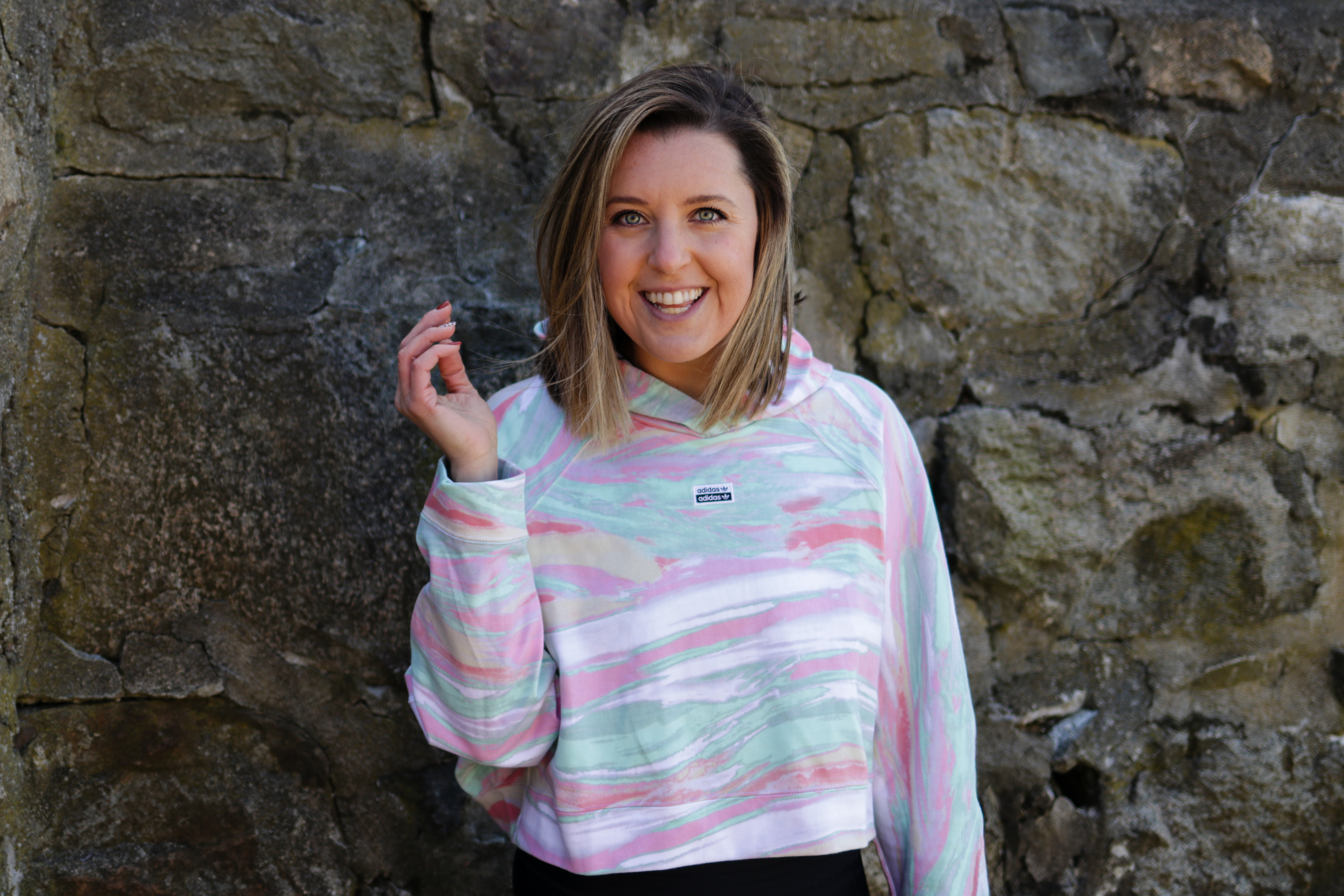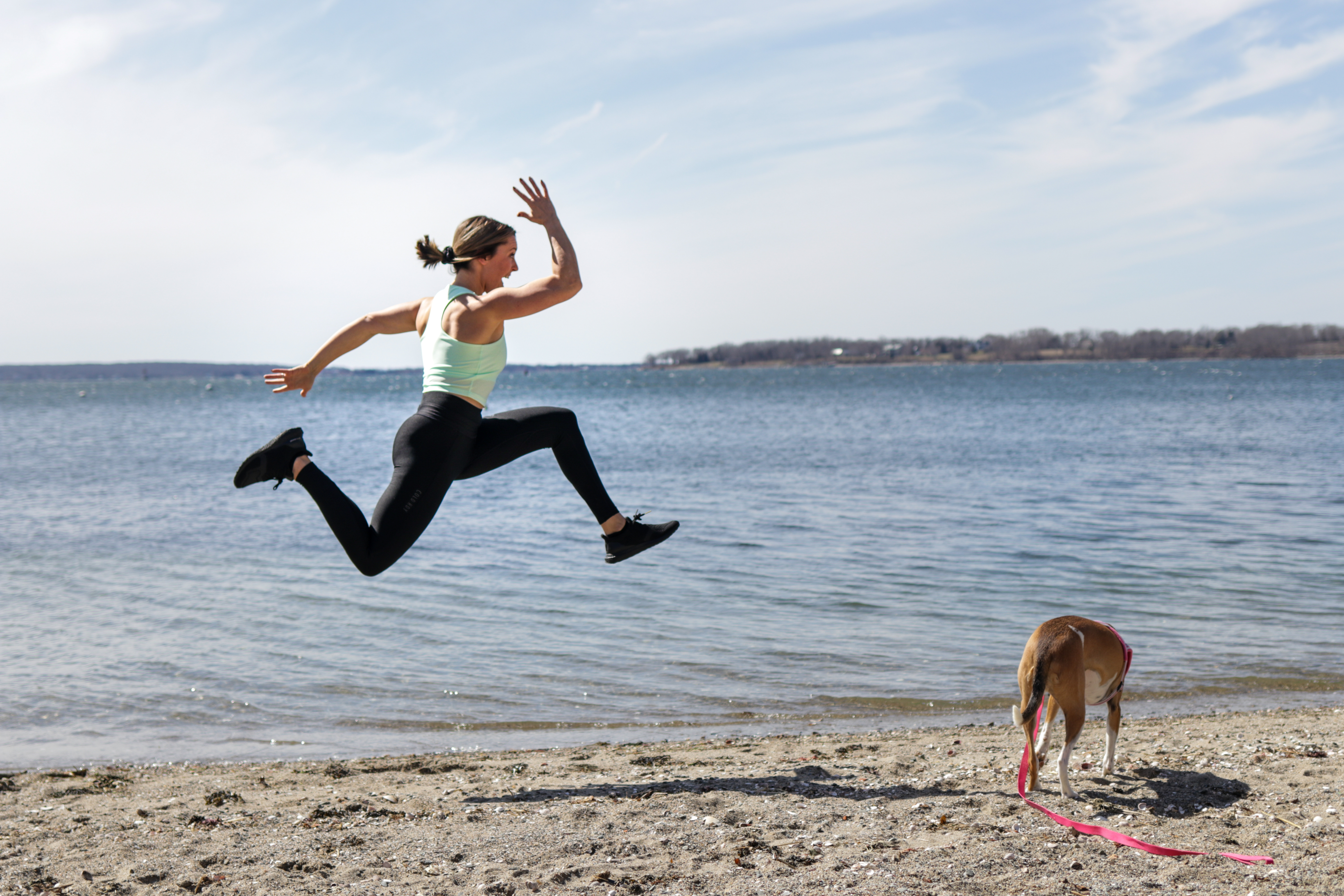When it comes to weight loss, what you eat plays a significant role. Exercise matters, but without the proper meals, your efforts can stall or even backfire. Yet, many people believe that healthy meals for weight loss are bland, repetitive, or too restrictive to enjoy.
The truth is that you can absolutely enjoy variety, taste, and nutrition while working toward your weight goals. With the right combinations of ingredients, balanced portions, and smart planning, your meals can support fat loss without making you feel deprived.
This article is your comprehensive guide to healthy meal suggestions to lose weight. It is backed by science, focused on balance, and designed for real life. No fads. No crash diets. Just clear, relatable information that helps you make better choices.
Understanding the Fundamentals of Weight Loss
Before we dive into meal ideas, it is crucial to understand how weight loss really works. Most people know about the “calories in vs. calories out” principle, but the process is influenced by more than just that equation. Hormones, sleep, stress, gut health, and food quality all play a role in how the body stores or sheds fat.
Key Points to Understand:
- Calorie Deficit is Crucial: You must consume fewer calories than you burn. It is important never to do this in a drastic manner because it could lead to the loss of beneficial nutrients.
- Protein and Fiber Matter: Meals high in protein and fiber keep you full longer and reduce the urge to snack.
- Quality over Quantity: Nutrient-dense foods are more filling and support overall health better than low-calorie, processed alternatives.
- The Gut Connection: A healthy gut microbiome improves digestion, energy use, and even hunger signals.
Weight loss is not about giving up everything you enjoy. It is about finding the right structure that makes your body work better, not harder.
Planning Healthy Meals for Weight Loss
Creating healthy meals for weight loss is a lot more than just cutting calories. It is about building meals that nourish your body while supporting your weight goals. The goal is to provide enough energy to function well throughout the day while also staying within a calorie range that promotes fat loss.
Here are some essential principles to keep in mind while planning meals:
Know your baseline requirements: Your calorie needs depend on your current weight, height, age, activity level, and metabolic health. For weight loss, aim for a mild deficit of 500–750 calories per day. It is enough to support gradual fat loss without compromising your energy or health.
1. Balance your micronutrients: A well-balanced meal includes lean protein (to support satiety and preserve muscle), fiber-rich carbs (to provide energy and promote digestion), and healthy fats (to support hormones and satiety).
2. Prioritize nutrient-dense foods: The best weight-loss meals are low in calories but high in nutrients. These foods offer essential vitamins, minerals, and antioxidants while helping control hunger.
3. Avoid highly processed options: Refined grains, packaged snacks, and sugary beverages often contain hidden calories and low nutritional value. Swapping processed foods with whole, minimally processed alternatives leads to more stable energy and fewer cravings.
4. Keep preparation practical and enjoyable: Your meal plan will likely not last if it feels like a burden. Choose meals that suit your cooking skills and lifestyle.
5. Mind the timing: There is no universal best time to eat for weight loss, but consistency does matter. Try not to skip meals, especially breakfast, as this can lead to overeating later in the day. Eating at regular intervals helps stabilize energy and prevent impulsive snacking.
All this is easily achievable by reaching out to your HealthifyMe coaches. They will be able to determine your caloric needs and guide you in choosing the foods you need to consume and in the manner in which you need to consume them.
Nutritional Composition of Healthiest Meals for Losing Weight
The healthiest meals for weight loss should include a thoughtful mix of macronutrients and micronutrients. The nutritional composition of such meals focuses on satiety, balanced energy release, and long-term metabolic health. Rather than focusing only on calorie counts, you should consider the type and quality of foods on your plate. The combination of fiber, protein, healthy fats, and whole carbohydrates promotes fullness, supports muscle preservation, and avoids blood sugar spikes that can lead to overeating.
Here is what each key nutrient brings to the table:
Non-starchy Vegetables
These should form the largest portion of your plate, roughly 50%. They increase the volume on the plate without overloading calories and support digestion and gut health.
Lean Proteins
A palm-sized portion of lean protein (such as chicken breast, turkey, tofu, fish, or legumes) helps maintain muscle mass during weight loss. Protein is the most satiating macronutrient, which means it enables you to feel full longer and curbs cravings. It also plays a role in metabolic regulation.
Whole Grains or Complex Carbohydrates
Roughly 20–25% of your plate should include whole grains like brown rice, quinoa, or oats. These foods provide sustained energy, fiber, and essential nutrients, such as B vitamins and magnesium. Choosing whole grains over refined versions helps prevent insulin spikes and keeps hunger in check.
Healthy Fats
You should use healthy fats sparingly but intentionally. Avocados, olive oil, chia seeds, and nuts contain monounsaturated and polyunsaturated fats that support hormone production, brain health, and fat-soluble vitamin absorption. Including a small amount of healthy fat in each meal also improves satisfaction and flavor.
Hydration and Fiber
Meals that include water-dense foods (like cucumbers, tomatoes, or broth-based soups) and high-fiber ingredients (like lentils or flaxseed) help with digestion and fullness. Fiber slows digestion and moderates blood sugar, making it crucial in any weight loss plan.
Portion Awareness
A balanced plate typically follows the 50:25:25 rule. It means half vegetables, one-quarter protein, and one-quarter complex carbs. It ensures a steady energy supply, reduces the risk of overeating, and minimizes cravings between meals.
Healthy Food Ideas for Weight Loss
Below are 15 foods that are especially beneficial in a weight-loss meal plan. Each of these brings something unique to the table.
Eggs
Eggs are one of the most nutrient-dense and versatile foods available. They provide high-quality protein and healthy fats that keep you full for hours. Including eggs at breakfast can reduce mid-morning snacking. Studies show that egg-based meals improve satiety compared to carb-heavy alternatives. Plus, they are affordable and easy to prepare in multiple ways.
Leafy Greens
Spinach, kale, arugula, and Swiss chard are low in calories but packed with vitamins A, C, and K and folate. These greens are high in fiber and water, which promotes satiety and helps control calorie intake. They also pair well with lean proteins and healthy fats, which makes them an easy foundation for salads and stir-fries.
Greek Yogurt
Unlike regular yogurt, Greek yogurt is higher in protein, which aids in satiety and muscle preservation during weight loss. It also contains probiotics that support gut health. Choose plain, unsweetened varieties and pair them with fresh fruit or nuts for a balanced, high-protein snack or breakfast.
Salmon and Fatty Fish
Salmon, sardines, and mackerel are rich in omega-3 fatty acids and protein. That makes them excellent for weight loss. Omega-3s can reduce inflammation and improve metabolism. Fish is also very filling, which helps prevent overeating at subsequent meals. Grilled or baked fish can serve as the protein centerpiece in many balanced meals.
Chia Seeds
Chia seeds are a nutritional powerhouse. They absorb water to form a gel-like texture, expanding in the stomach and promoting fullness. High in fiber, protein, and omega-3s, they are easy to add to smoothies, yogurt, or oatmeal. Even a small serving supports gut health and helps curb hunger.
Whole Grains
Quinoa, oats, brown rice, and barley are fiber-rich and contain more protein than refined grains. Whole grains take longer to digest, which results in more stable blood sugar and prolonged satiety. Swapping white rice or bread with whole-grain alternatives is a simple way to support weight loss without drastic dietary changes.
Avocados
Avocados are calorie-dense, but their fiber and monounsaturated fats make them highly satiating. They help the body absorb fat-soluble vitamins and offer potassium and antioxidants. When eaten in moderation, avocados can enhance the flavor and nutrition of salads, toast, or grain bowls.
Beans and Lentils
Legumes are an excellent plant-based source of protein and fiber. They promote a steady energy release and reduce cravings by improving blood sugar control. You can add lentils and beans to soups, stews, salads, or grain dishes for a satisfying and nutrient-dense boost.
Nuts
Almonds, walnuts, pistachios, and cashews are rich in healthy fats, protein, and fiber. They are high in calories, so portion control matters. However, when you consume them mindfully, nuts support heart health and reduce hunger between meals. A small handful makes for an ideal snack.
Cruciferous Vegetables
Broccoli, cauliflower, cabbage, and Brussels sprouts are filling, low-calorie options with cancer-fighting properties. They offer a combination of fiber, water, and compounds like sulforaphane that promote metabolic health. These veggies work well roasted, steamed, or added to grain bowls.
Fruits
Berries, apples, oranges, and grapes provide natural sugars, fiber, and antioxidants. They help satisfy sweet cravings without adding refined sugar. Fruits also help regulate digestion and support hydration. Whole fruits (rather than juices) are always the better choice for weight loss meals.
Tofu and Tempeh
These soy-based protein sources are plant-based alternatives to meat and are rich in both protein and healthy fats. They absorb flavors well, making them versatile for stir-fries, curries, and salads. Including tofu or tempeh can help diversify meals while keeping them weight-loss friendly.
Cottage Cheese
Low-fat cottage cheese is rich in casein protein, which digests slowly and supports overnight satiety. It is also a good source of calcium and vitamin B12. You can eat cottage cheese in savory or sweet flavors. It can work well as a snack, breakfast, or ingredient in savory bowls.
Sweet Potatoes
Rich in fiber and complex carbohydrates, sweet potatoes are a more nutrient-dense alternative to white potatoes. They contain beta-carotene and potassium and are lower on the glycemic index. Baked or roasted sweet potatoes can round out a balanced meal without spiking blood sugar.
Chicken Breast
Lean chicken breasts are high in protein and low in fat, making them a great choice for weight loss. They are so versatile that they can be added to salads, curries, soups, or even just grilled and baked.
Easy Healthy Meals for Weight Loss
Losing weight is not about eating less; it is about eating smart. A well-structured meal plan tailored to your needs and preferences can fuel your body while creating a sustainable calorie deficit. Whether you are vegetarian, vegan, non-vegetarian, diabetic, heart-conscious, or navigating menopause, there are delicious, nutrient-packed meal options to support your weight loss goals. Below, we have curated practical meal ideas for different lifestyles, helping you stay full, energized, and on track.
Vegetarian Meal Plan: Plant-Powered and Protein-Focused
A vegetarian diet can be a great route to weight loss when built around whole foods. The focus should be on protein-rich legumes, dairy, whole grains, and plenty of vegetables. These foods help maintain satiety and ensure nutritional adequacy. Skipping processed meat substitutes and sticking with natural sources of protein like lentils, paneer, and yogurt makes the meal plan more balanced and effective.
Sample Meal Plan
Meal 1 (Breakfast)
- Greek yogurt (unsweetened) with chia seeds, berries, and a drizzle of honey
- 1 slice of sprouted whole grain toast with avocado
- Herbal tea or warm lemon water
Meal 2 (Mid-Morning Snack)
- A small handful of almonds + 1 orange
Meal 3 (Lunch)
- Mixed vegetable stir-fry with paneer (grilled) over quinoa
- Side: Cucumber & tomato salad with olive oil & lemon dressing
Meal 4 (Afternoon Snack)
- Cottage cheese with flaxseeds and a few apple slices
Meal 5 (Dinner)
- Lentil & spinach soup
- Small baked sweet potato
- Steamed broccoli and cauliflower tossed with olive oil
Vegan Meal Plan: Whole Foods, Whole Nutrition
Going vegan does not mean compromising on taste or nutrition. A well-balanced vegan plan includes legumes, nuts, seeds, whole grains, and a rainbow of vegetables. These ingredients offer fiber, antioxidants, and plant-based proteins. These are all essential for fat loss and hormonal balance. Including fortified foods or B12 supplements is also vital for nutritional completeness. This meal plan provides satiety, flavor, and function.
Sample Meal Plan
Meal 1 (Breakfast)
- Overnight oats with unsweetened almond milk, chia seeds, walnuts, and blueberries
- Green smoothie (spinach, cucumber, lime, flaxseed, and mint)
Meal 2 (Mid-Morning Snack)
- 1 banana + 1 tbsp peanut butter
Meal 3 (Lunch)
- Chickpea & kale salad with tahini dressing
- Quinoa with roasted vegetables (zucchini, bell peppers, onions)
Meal 4 (Afternoon Snack)
- Edamame with sea salt + 1 mandarin
Meal 5 (Dinner)
- Stir-fried tofu with bok choy and mushrooms
- Brown rice with sesame seeds
- Side: Kimchi or sauerkraut (for gut health)
Non-Vegetarian Meal Plan: Lean Protein with Whole Foods
Non-vegetarian meal plans offer high bioavailable protein from sources like poultry, fish, and eggs. When paired with whole grains and vegetables, they form meals that help build lean muscle and burn fat more efficiently. Cooking methods like baking, grilling, or steaming preserve nutrients and reduce unnecessary calories. A healthy plan emphasizes quality over quantity to aid effective weight management.
Sample Meal Plan
Meal 1 (Breakfast)
- 2 boiled eggs + sautéed spinach and mushrooms
- 1 slice whole-grain toast
- Black coffee or green tea
Meal 2 (Mid-Morning Snack)
- Greek yogurt with pumpkin seeds and a few strawberries
Meal 3 (Lunch)
- Grilled chicken breast
- Steamed broccoli and carrots
- ½ cup cooked brown rice or quinoa
- Side: Mixed green salad with olive oil
Meal 4 (Afternoon Snack)
- 1 boiled egg + cucumber sticks
Meal 5 (Dinner)
- Baked salmon with garlic and lemon
- Roasted Brussels sprouts and asparagus
- Small baked sweet potato
Diabetes-Friendly Meal Plan: Glycemic Control and Nutrition
Weight loss can improve blood sugar control and insulin sensitivity for individuals managing diabetes. Your meal plan should emphasize fiber-rich, low-glycemic foods that stabilize blood sugar and promote satiety. Meals should avoid refined carbs and excess sugar, focusing on whole grains, legumes, vegetables, and healthy fats. Your meals should support slow and steady weight loss without blood sugar spikes.
Sample Meal Plan
Meal 1 (Breakfast)
- Scrambled eggs with spinach and tomatoes
- 1 slice whole-grain toast
- Herbal tea
Meal 2 (Mid-Morning Snack)
Meal 3 (Lunch)
- Grilled tofu or fish
- Large salad (leafy greens, cucumbers, bell peppers) with olive oil
- ½ cup cooked quinoa or lentils
Meal 4 (Afternoon Snack)
- Celery sticks with hummus
Meal 5 (Dinner)
- Zucchini noodles with lentil-tomato sauce
- Roasted cauliflower
- Small portion of brown rice (optional)
Note: Emphasis on low-GI foods, protein, fiber, and avoiding blood sugar spikes.
Menopause Meal Plan: Hormone-Supportive and Satiating
Weight loss during menopause can be tricky due to hormonal shifts, reduced metabolic rate, and muscle loss. Your meal plan should include nutrient-dense foods like soy, legumes, dairy alternatives, and leafy greens rich in calcium, vitamin D, and magnesium to support bone and hormonal health. The meals aim to manage appetite, maintain lean mass, and promote gradual fat loss while reducing menopausal symptoms.
Sample Meal Plan
Meal 1 (Breakfast)
- Chia seed pudding with unsweetened almond milk, flaxseed, and mixed berries
- Herbal tea with turmeric and ginger
Meal 2 (Mid-Morning Snack)
Meal 3 (Lunch)
- Tempeh and mixed vegetable stir-fry
- ½ cup cooked farro or quinoa
- Side: Steamed kale with sesame dressing
Meal 4 (Afternoon Snack)
- Fortified plant-based yogurt (calcium + B12) with walnuts
Meal 5 (Dinner)
- Lentil & vegetable stew
- Side salad (arugula, avocado, cherry tomatoes)
- Small serving of roasted sweet potato
Note: Includes calcium, magnesium, and phytoestrogens (from soy and flax) for hormonal balance and bone support.
HealthifyMe Note
When it comes to weight loss, most people focus on cutting calories, eliminating carbs, or trying the latest fad. But the real game-changer lies in understanding how your meals affect your body and mind. As a nutritionist, I have seen time and again that the best results come not from extreme restrictions but from informed and enjoyable eating. The meals you choose should not only be nutrient-rich but should also work for you. Your schedule, your cravings, and your lifestyle are also important. Think of your plate as a toolkit: a balance of lean proteins, fiber, good fats, and color. And do not shy away from experimenting with spices, textures, or cultural staples. A little creativity can turn a “diet meal” into your favorite comfort food. Remember, fat loss is not about denial; it is about design. Design your meals with intention, and the results will follow.
The Final Word
Weight loss is not a one-size-fits-all journey, and your meals should reflect that. Whether you are managing your blood sugar, navigating menopause, or simply looking to shed a few pounds, healthy meals for weight loss are all about balance, nutrition, and satisfaction. From plant-based bowls to lean protein plates, the options are varied and delicious. With a bit of planning and awareness, even your busiest days can include fat-burning recipes for dinner or a healthy supper idea for weight loss.
It is no secret that eating right goes beyond calories. HealthifyMe’s AI-powered Smart Plan does more than track. HealthifyMe’s Gen AI learns your body and adapts with you. With AI Coach Ria, you can explore over 10,000 weight-loss dinner recipes, personalized diet meals, and intelligent feedback on every bite. Whether you need healthy eating ideas to lose weight or support in building sustainable weight loss dinners, there is a path made just for you.
Frequently Asked Questions (FAQs)
Q: What are some healthy dinner ideas for weight loss that are filling?
A: A filling dinner should combine lean protein, fiber-rich vegetables, and a moderate portion of whole grains or legumes. Options include grilled chicken with quinoa and roasted veggies, tofu stir-fry with brown rice, or lentil soup with a side salad. These meals support satiety and prevent nighttime cravings.
Q: Can I eat carbs at night and still lose weight?
A: Yes, you can. Weight loss is more about total daily calorie intake and food quality than meal timing. Choosing complex carbs like sweet potatoes, brown rice, or oats at night (especially paired with protein) can actually promote better sleep and muscle recovery, both of which support weight loss.
Q: What are the best meals for weight loss fast?
A: Quick weight loss should still be safe and sustainable. The best meals include boiled eggs with greens, fish with roasted vegetables, Greek yogurt with berries, or stir-fried tofu and broccoli. These are low in calories but high in protein and fiber to aid fat loss without extreme restriction.
Q: How can I make dinner recipes for fat loss taste better without adding calories?
A: Flavor your meals using herbs, spices, citrus juice, vinegar, and aromatics like garlic or ginger. Grilling, roasting, or air-frying brings out natural flavors without the need for added fats. Using low-calorie condiments like mustard or salsa can also enhance meals while keeping them light.
Q: Are there good weight loss food ideas for people with limited time?
A: Yes. Prepping meals in batches is key. You can make simple dishes like quinoa salad, egg muffins, overnight oats, or a turkey wrap in advance. Pair those with easy snacks like hummus, veggie sticks, or Greek yogurt. Quick, healthy dinners for weight loss are all about smart prep.
Q: What should I avoid when choosing healthy supper ideas for weight loss?
A: Avoid heavy sauces, deep-fried foods, and large portions of refined carbs. Watch out for hidden sugars in “low-fat” products. Instead, opt for dishes to lose weight that feature fresh produce, whole grains, and lean proteins. Keep portions reasonable, and avoid eating too close to bedtime.
Research Sources
1. Healthy Eating Plan
2. Weight Loss and Maintenance Strategies
3. Healthy Eating Plate – The Nutrition Source
4. Energy Intake and Satiety Responses of Eggs for Breakfast in Overweight and Obese Adults—A Crossover Study
5. The effects of the combination of egg and fiber on appetite, glycemic response, and food intake in normal-weight adults – a randomized, controlled, crossover trial
6. Effects of thylakoid intake on appetite and weight loss: a systematic review
7. Seafood intake and the development of obesity, insulin resistance, and type 2 diabetes
8. Potato resistant starch inhibits diet-induced obesity by modifying the composition of intestinal microbiota and their metabolites in obese mice
9. Slow Down: Behavioural and Physiological Effects of Reducing Eating Rate
10. Are Dietary Proteins the Key to Successful Body Weight Management? A Systematic Review and Meta-Analysis of Studies Assessing Body Weight Outcomes after Interventions with Increased Dietary Protein
11. Nuts as a Part of Dietary Strategy to Improve Metabolic Biomarkers: A Narrative Review
12. Whole grain-rich diet reduces body weight and systemic low-grade inflammation without inducing major changes of the gut microbiome: a randomised cross-over trial
13. Chia seeds (Salvia Hispanica L.) added to yogurt reduce short-term food intake and increase satiety: a randomised controlled trial
14. Comparative effectiveness of plant-based diets for weight loss: A randomized controlled trial of five different diets
15. Low-Calorie Vegetarian Versus Mediterranean Diets for Reducing Body Weight and Improving Cardiovascular Risk Profile: CARDIVEG Study (Cardiovascular Prevention With Vegetarian Diet)
16. American Diabetes Association – Weight Loss
17. A Clinician’s Guide to Healthy Eating for Cardiovascular Disease Prevention
18. Changes in body composition and weight during the menopause transition




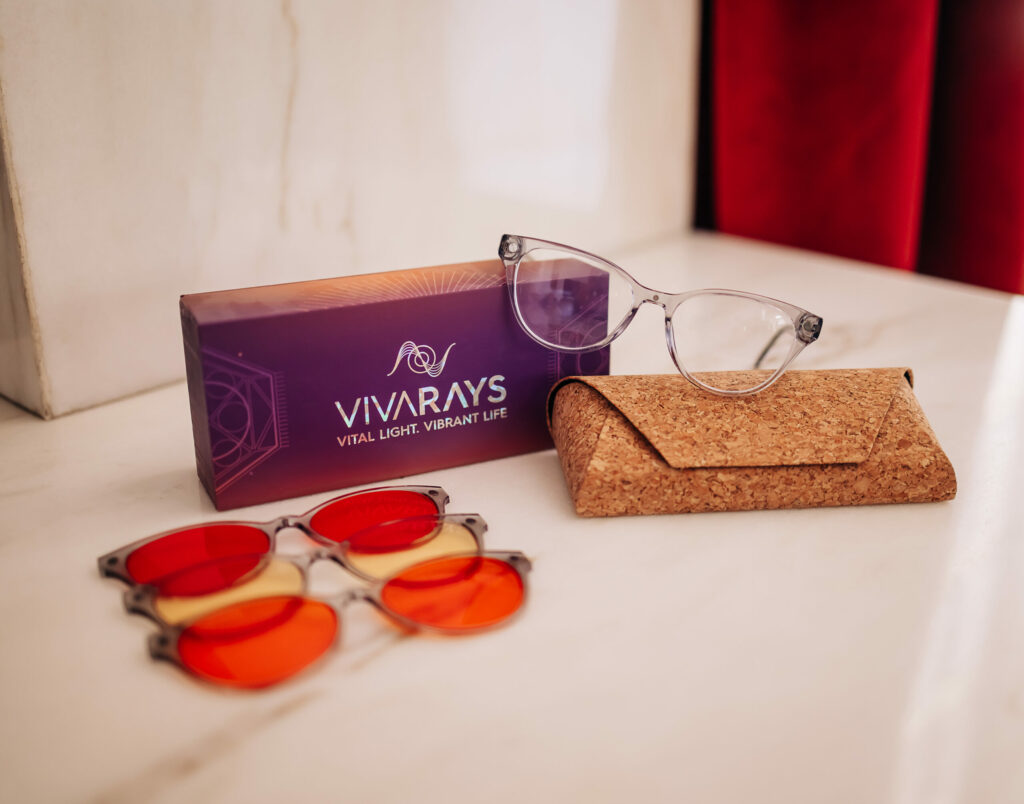






 Becky Stafferton is a full-time content creator, web publisher, and
Becky Stafferton is a full-time content creator, web publisher, and 

